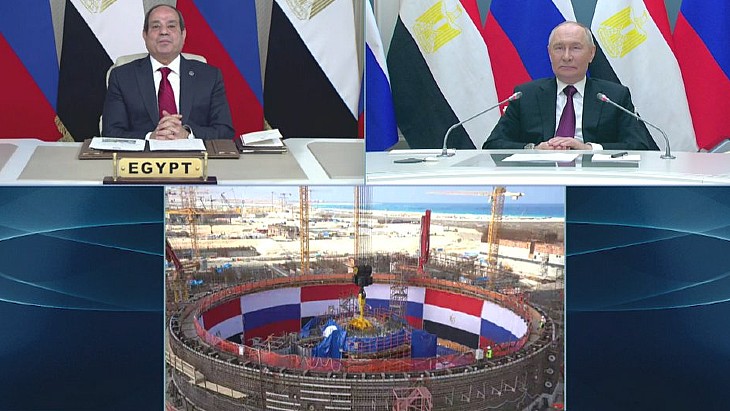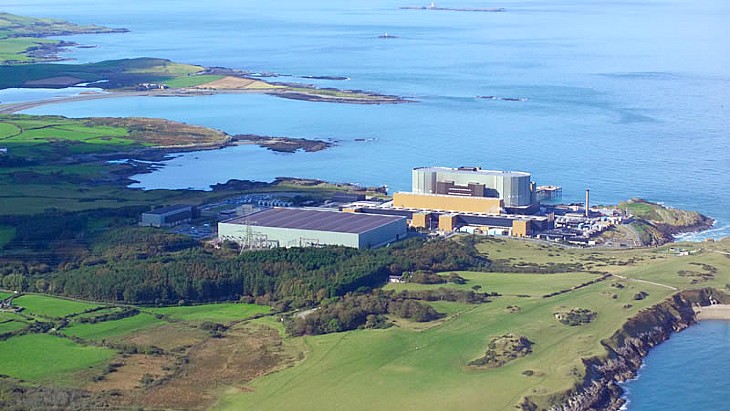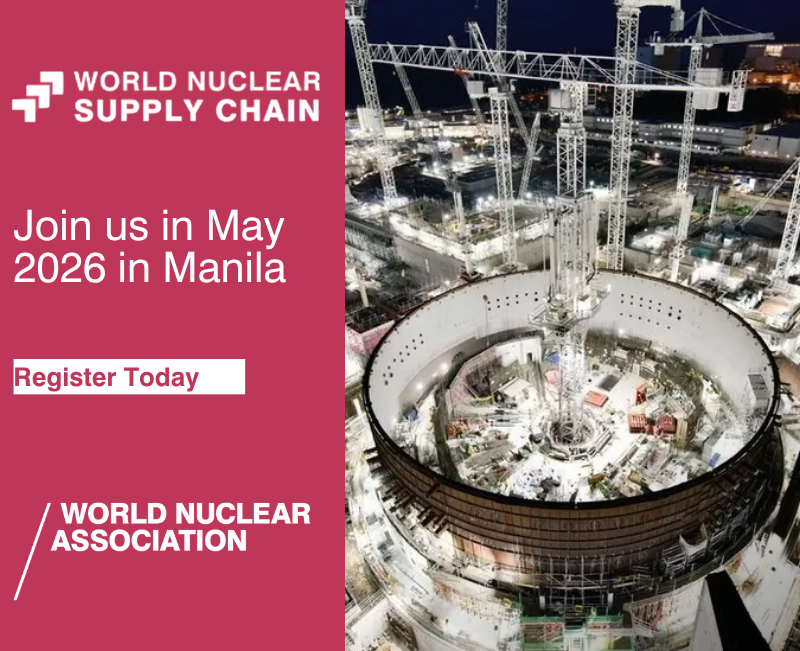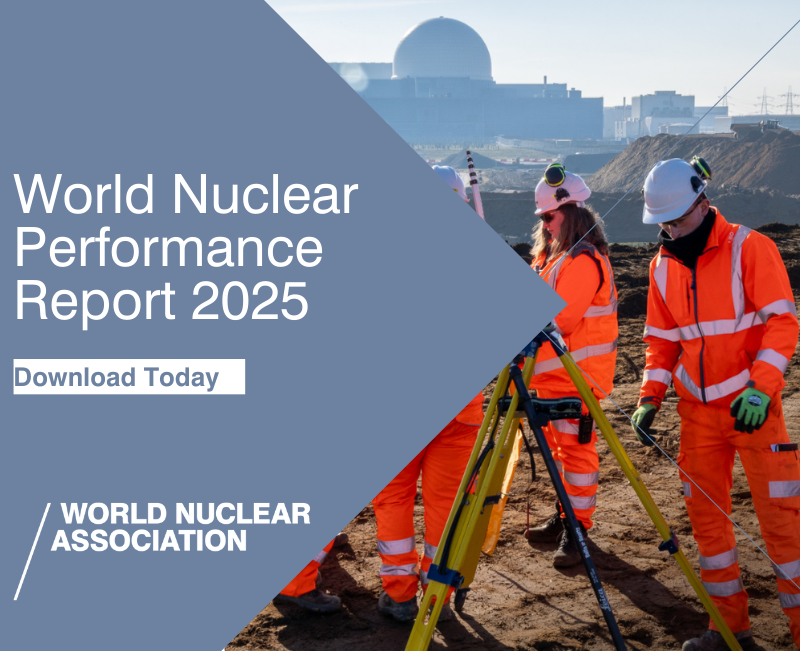Russia's President Vladimir Putin, who like Egypt's President Abdel Fattah al-Sisi joined the event remotely, said the installation of the reactor pressure vessel in its design position in El Dabaa's first unit "clearly demonstrates that the construction of Egypt's first nuclear power plant, with Russian participation, is progressing well ... we are entering a key stage in the technological equipment of the plant, and in the foreseeable future, it will be able to begin generating the electricity needed to meet the needs of the growing Egyptian economy".
The planned commissioning of four power units with a total capacity of 4.8 GW would significantly strengthen Egypt's energy security, he said, adding that the "project involves not only Russian but also Egyptian companies and enterprises. Currently, approximately 55% of contracting and subcontracting orders are localised in Egypt. Thus, a modern, technologically advanced nuclear industry is being created in the country from scratch, generating demand for new jobs, including highly skilled ones".

(Image: Rosatom)
"Russia is training nuclear engineers for Egypt ... and will continue to support its Egyptian partners throughout the entire life-cycle of the nuclear project. This includes long-term reactor fuel supplies, nuclear power plant maintenance, and used nuclear material management," he added. "Rosatom is also ready to share its other unique technologies with Egypt. This includes the assembly of small modular reactors and the use of peaceful nuclear energy in medicine and agriculture."
According to Turkey's Anadolu Agency, Egypt's President al-Sisi called the plant's construction a "dream that finally became a reality" and that it was "a transformative step in Egypt's energy future".
The 330-tonne reactor vessel was manufactured at Rosatom's Izhora plant, in a process which took 41 months. The reactor vessel is about 13 metres long and 4.5 metres in diameter. The service life is for an initial 60 years, with possible extension to 80 years. It was delivered to the site last month after a 20-day journey by sea. The cylindrical steel reactor vessel, which houses the reactor core, ensures a hermetic seal and withstands high pressures and temperatures, ensuring the safety and reliability of the power unit.
The installation took place in several stages with the reactor vessel moved from a horizontal to a vertical position before being lifted using a heavy-duty crawler crane with a lifting capacity of 2,200 tonnes and installed in its designated position.
Background
El Dabaa will be Egypt's first nuclear power plant, and the first in Africa since South Africa's Koeberg was built nearly 40 years ago. The Rosatom-led project, about 320 kilometres north-west of Cairo, will comprise four VVER-1200 units, like those already in operation at the Leningrad and Novovoronezh nuclear power plants in Russia, and the Ostrovets plant in Belarus.
Under the 2017 contracts, Rosatom will not only build the plant, but will also supply Russian nuclear fuel for its entire life cycle, including building a storage facility and supplying containers for storing used nuclear fuel. It will also assist Egyptian partners in training personnel and plant maintenance for the first 10 years of its operation. Rosatom said last month that it is aiming for a future service life of 100 years for nuclear power plants.
The four units are being built almost concurrently, with first concrete at unit 1 in July 2022, followed in turn by the others, concluding with first concrete at unit 4 in January 2024. Egypt's aim is for 9% of electricity to be generated by nuclear by 2030, which would be achieved by the commercial operation of the first two units by that time, directly displacing oil and gas.





_50545.jpg)


_70761.jpg)
_76087_55556.jpg)




